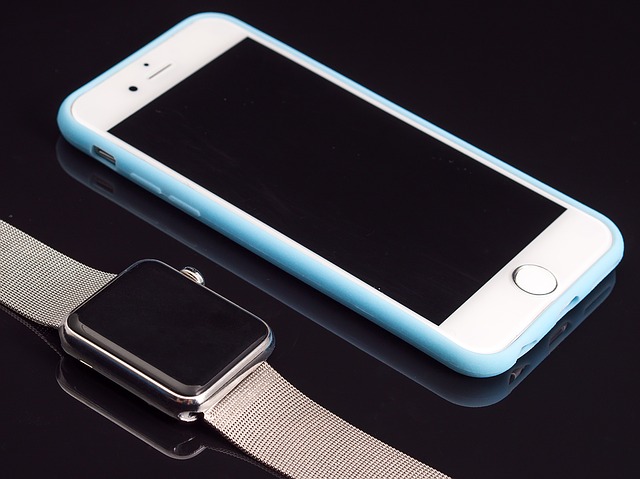
The wearables segment experienced an unprecedented 67.25% growth in the second quarter of FY 2016 and Fitbit Inc (NYSE:FIT) is leading the pack, according to a report released by research firm IDC. Meanwhile, Apple Inc‘s (NASDAQ:AAPL) iWatch saw its shares stumble as it loses more ground to competitors. The announcement comes just as the Cupertino-based tech giant gets ready to launch its newest flagship smartphone in San Francisco.
“Fitness is the low-hanging fruit for wearables,” said Jitesh Ubrani, senior research analyst for IDC Mobile Device Trackers. “However, the market is evolving and we’re starting to see consumers adopt new functionality, such as communication and mobile payments, while enterprises warm to wearables’ productivity potential.”
Industry insiders speculate that Apple is set to introduce an update to the Apple Watch in today’s event.
According to the IDC report, the total global wearables sales are at 22.5 million units during the second quarter of 2016, up 26% year over year. FitBit is leading the pack with 5.7 million units sold, just over 25% of share. Xiaomi’s wearable is at second place with an estimated 3.1 million units sold.
On the other hand, Apple’s wearable is at third place with 1.6 million units sold, down 7% from 6 million units and 20% share a year earlier. The iOS maker was the only vendor among the market leaders to announce a year-over-year decrease in shipment volumes. According to the IDC report, the lack of an updated model could be the reason behind Apple Watch’s waning demand.
“Basic wearables, which include most fitness trackers, have benefited from a combination of factors: a clear value proposition for end-users, an abundant selection of devices from multiple vendors, and affordable price points,” Ramon Llamas, research manager, Wearables, explained. “Consequently, basic wearables accounted for 82.8% of all wearable devices shipped during the quarter, and more vendors continue to enter this space. The danger, however, is that most devices end up being copycats of others, making it increasingly difficult to differentiate themselves in a crowded market.”
On the fourth place is Garmin (GRMN) while Lifesense rounds up the top five wearable brands with the highest selling units at 1 million units. This would be the first time that Lifesense makes it to the top of the list with its affordable Mambo fitness tracker shipped into China. The Mambo fitness tracker connects to WeChat, a tremendously popular messaging app in China. Users can share their fitness data with others without logging into a separate application.
“Smart wearables, meanwhile, are still struggling to find their place in the market,” added Llamas, noting that there is “plenty of curiosity about what smart wearables – particularly smartwatches – can do, but they have yet to convince users that they are a must-have item.”
According to Llamas, the good news is that smart wearables “are still in their initial stages and vendors are slowly making strides to improve them. But this also means that it will be a slow transition from basic wearables to smart wearables.”
- Bulenox: Get 45% to 91% OFF ... Use Discount Code: UNO
- Risk Our Money Not Yours | Get 50% to 90% OFF ... Use Discount Code: MMBVBKSM
Disclaimer: This page contains affiliate links. If you choose to make a purchase after clicking a link, we may receive a commission at no additional cost to you. Thank you for your support!


Leave a Reply